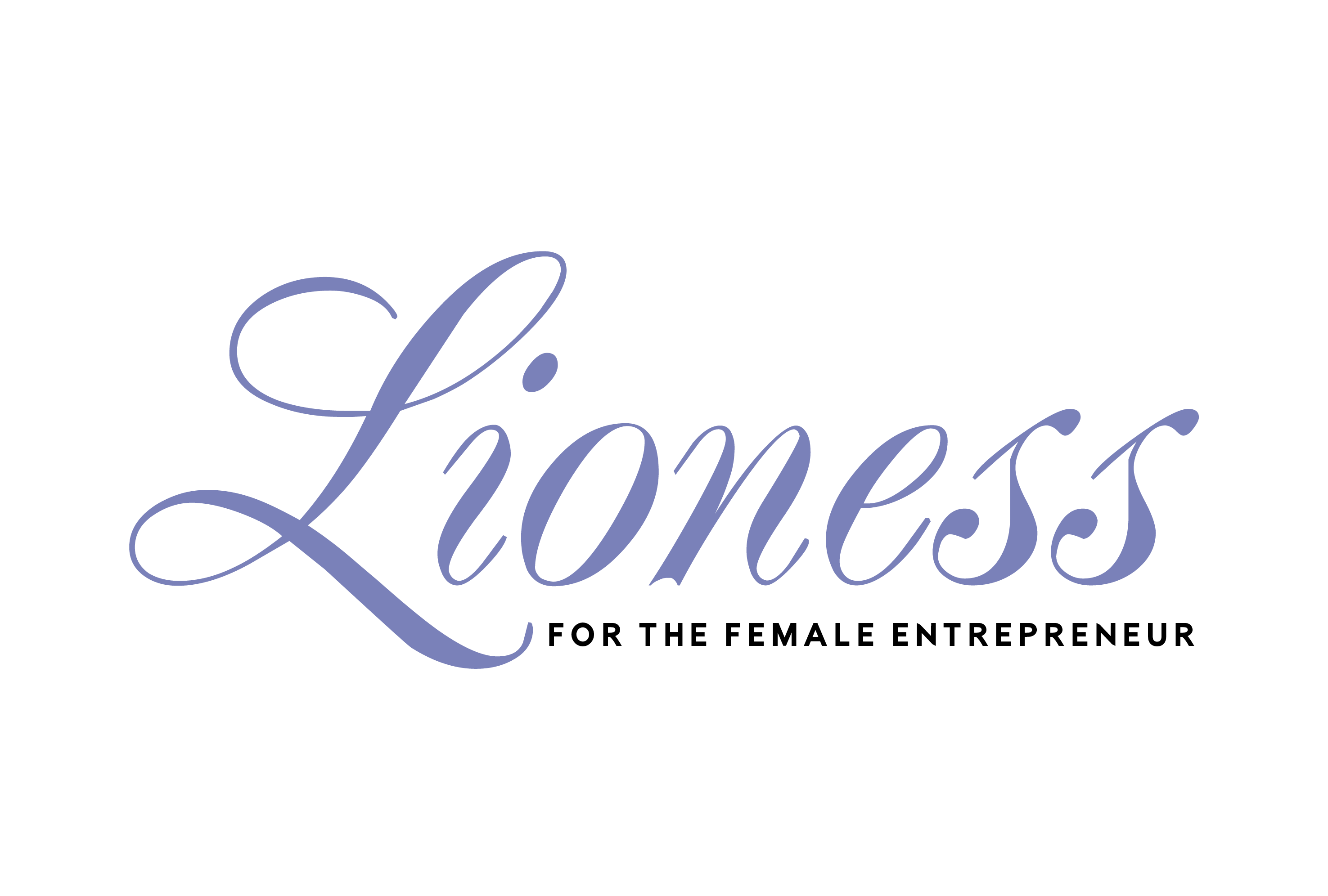Handshake recently published new data illustrating the concerns of Generation Z members entering the workforce. Notably, Gen Z women are nearly twice as likely as male peers to say that seeing women in leadership roles at a company makes them more likely to apply to a job. Mid- or late-career women drop out of the workforce in unprecedented numbers during the pandemic. Meanwhile, the ripple effect among young women may pose long-lasting challenges for employers seeking to build a diverse workforce.
Expanding leadership opportunities
“Women make up almost 60 percent of undergraduate students, and by 2030, Generation Z will make up a third of the workforce. As our country begins on a path to economic recovery, employers must pay close attention to this generation’s motivations, preferences and concerns as they attract new talent,” said Christine Cruzvergara, vice president of higher education and student success at Handshake.
The new report is entitled “Handshake Network Trends Report: Gender, Equity and Gen Z“. It examines the factors that compel early talent to apply for certain jobs and choose between employers. The information provides valuable insights to employers as they work to build diverse talent pipelines amidst a quickly evolving job market.
Leadership for the 21st century
“We know that for Gen Z, good intentions are not enough. They want proof that prospective employers’ practices align with their values,” said Lindsey Pollak, generational expert and New York Times best-selling author. “This survey surfaces several actionable insights for employers: promote women, and be transparent about your pay. Top talent is always in demand, and as employers put a stake in the ground on diversity and inclusion, they’ll be wise to listen to this next generation of hires – particularly, women and non-binary individuals.”
Among the key findings:
- If you want to hire more women, start by promoting women. Sixty-five percent of Gen Z women look for women in leadership roles before applying for a job.
- Diversity matters — and not just to women. More than half of respondents said they wouldn’t apply for a job at a company that lacked diversity. Seventy-five percent of women say they are more likely to choose a company with a demonstrated commitment to a diverse, inclusive and equitable workforce. Sixty-six percent of men say the same thing. About half of respondents said they would leave a job if it did not meet their expectations for social justice or equity.
- Meaningful work means more to women and non-binary individuals. Non-binary individuals ranked meaningful work as the most important factor when choosing to stay in a role. Women ranked it second. Men ranked meaningful work fourth.
- But money still matters for recruiting and keeping talent. Women and men both ranked salary/compensation as the most important factor when choosing a job and employer. Women and men also say salary is the number one motivator for staying in a job.
- Pay equity and transparency are an important signal. Gen Z overwhelmingly supports pay-transparency measures. This will help promote equal pay for equal work and address the gender wage gap. The majority of Gen Z respondents say that showing salary ranges makes them more likely to apply for a job. Sixty-two percent of respondents say they’d be more likely to apply to a company committed to equal pay.
- Culture holds currency in hiring– but not among prospective employees. “Culture fit” is a common hiring metric (and increasingly one that is under fire). However, it is relatively unimportant to Gen Z prospective employees. Only 7 percent of respondents said culture was the most important reason to stay in a job. And work culture did not rank as one of the top three most important job characteristics for men, women, or non-binary individuals.
The results come from a sample of 1,005 current college students ages 18-25, surveyed between March 5 – March 10, 2021. Fifty percent of survey respondents self-identified as women, 46 percent as men and 3.5 percent as non-binary individuals.
The full report can be downloaded here.
About Handshake
Handshake is the number one site for college students to find a job. Today, the Handshake community includes 8 million active students and young alumni at over 1,200 colleges and universities—including 180+ minority-serving institutions. We connect up-and-coming talent across all 50 states with nearly 550,000 employers recruiting on Handshake—from every Fortune 500 company to thousands of small businesses, nonprofits, startups, and more. Handshake is democratizing opportunity and ensuring college students have the support they need to find a great job and kick-off a meaningful career regardless of where they go to school, what they choose as a major, and who they know. Handshake is headquartered in San Francisco and has offices in Denver and London, England.
Read about ways to expand leadership opportunities for women!







Add Comment